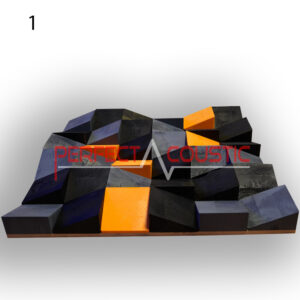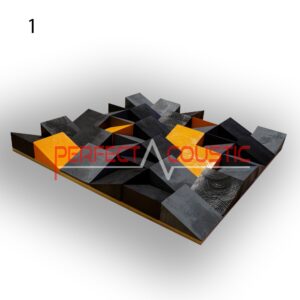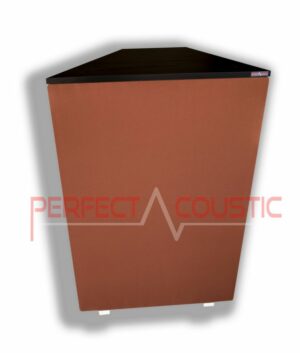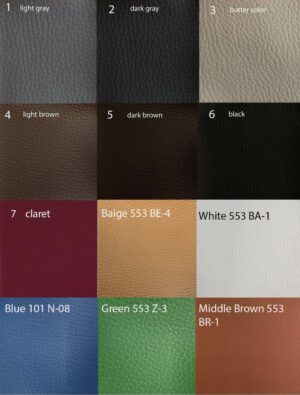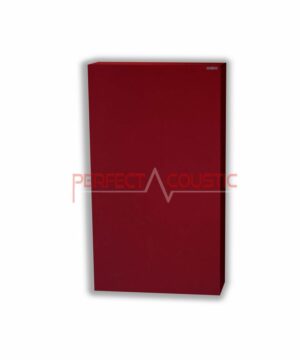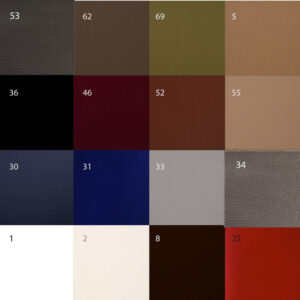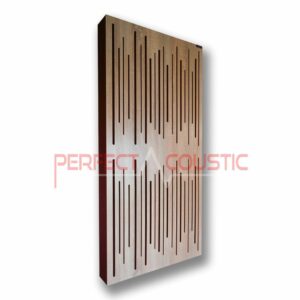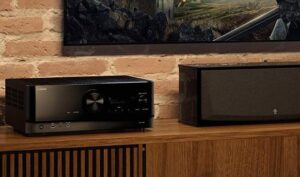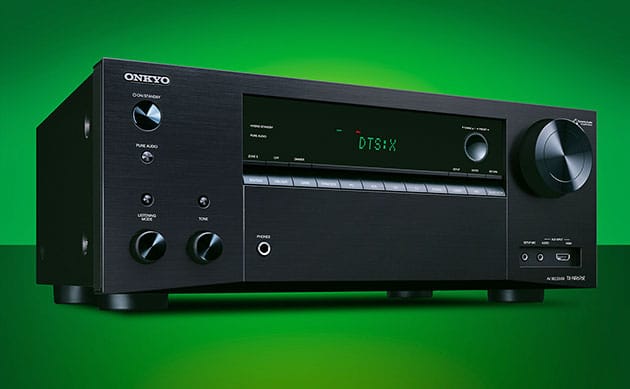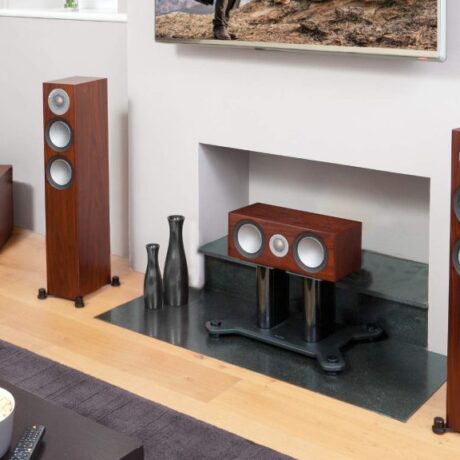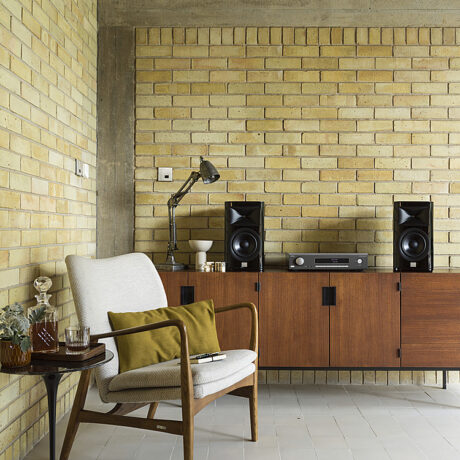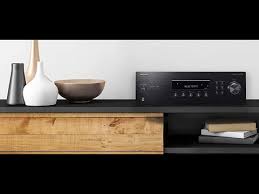Bowers & Wilkins PV1D Subwoofer Review
Bowers & Wilkins, or B&W, is a UK company that produces speakers. B&W was founded in 1966 by John Bowers in Worthing (West Sussex, England).
Main features
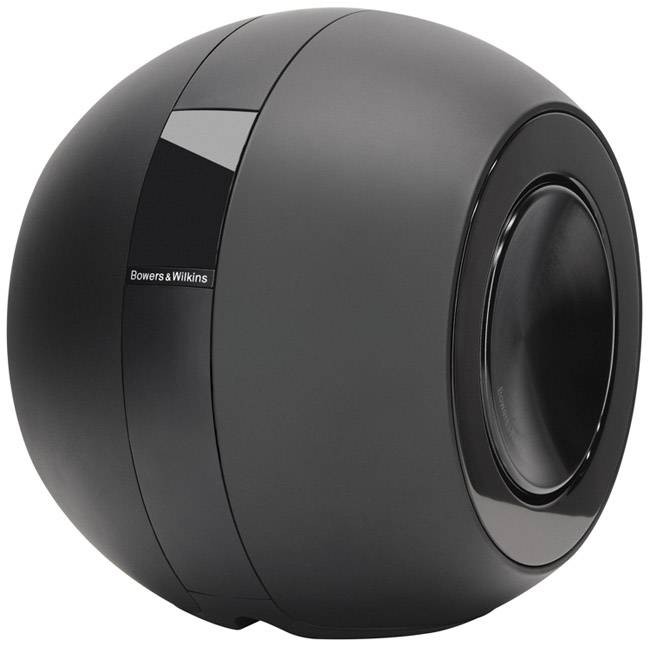
The Bowers & Wilkins PV1D is the successor to B&W’s award-winning PV1, with a digital update marked “D” that allows the subwoofer to be fine-tuned using EQ options.
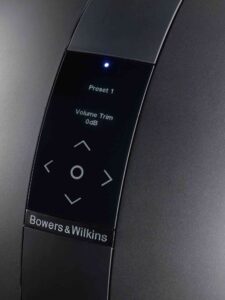
Available via an OLED display and a center-mounted touch screen, the DSP simultaneously optimises the overall performance of the PV1D. If you want to use the PV1D in a 2.1 configuration, the subwoofer offers pre-selected EQ modes to help you integrate with any of the six different types of speakers.The PV1D’s drive units (2 x 20 cm) and the amplifier (400 W) have also been modified, resulting in a model that retains the full speed and dynamics of its predecessor, as well as significant additional bass power and expansion.The DSP system helps to expand the lower range, the dynamic bass EQ controls the degree of low power output to keep both the amplifier and the drive units within optimal limits.
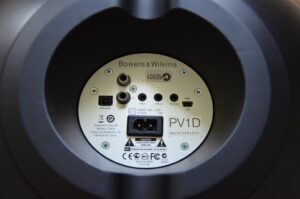
The PV1D can be connected to a Windows computer using the RS-232 socket and the supplied cable. This allows you to use the B&W SubApp – which can be downloaded for free from the company’s website – to adjust the subwoofer settings through it. It has a power of 400 Watts, a nominal power consumption of 150 Watts, measures 342 mm x 270 mm x 358 mm, and weighs 18.7 kg.
-
Art diffusers 60x60x6cm129 € – 168 € +Vat
-
Corner bass trap with membrane-108x64x23cm135 € – 142 € +Vat
Sound of Bowers & Wilkins PV1D
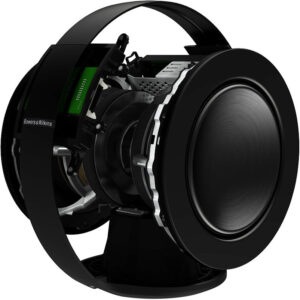
The subwoofer was tested in a relatively large living room. The acoustics of the room were not perfect because too many sound-absorbing elements were placed on the walls and in the corners, so the deep sounds in the room were too dampened, causing the sound of movies and music to deteriorate. The owner was advised to place acoustic diffusers on the walls and ceiling in addition to the sound-absorbing panels to keep the sound balanced. We paired the B&W subwoofer with a pair of Definitive Technology D15 speakers and a Marantz SR8012 home theatre amplifier.
We started testing by listening to music, listening to Bastille’s Doom Days. The bass sounded stunning, producing detailed, clear, and guided bass. Our experience was akin while watching a movie. We watched the exciting action drama of 2016 the Patriots’ Day. The B&W subwoofer radiated precise, percussive basses.
The uniquely designed PV1D uses two opposite drives in a super-rigid housing to deliver fast, clean, solid deep bass notes for music and movies. Keeping the balance of its predecessor, the PV1D uses a brand new design and improved version of the DSP platform. Digital processing provides greater control and versatility, allowing PV1D to integrate seamlessly with home theatre systems.
-
Bass sound dampening panels with wood membranes91 € – 268 € +Vat
-
Absorption panels with diffuser-Two in one62 € – 296 € +Vat
With a high-intensity subwoofer, you can experience all the power of action movies. Combined with a stable, rugged casing, basses produced by the PV1D drivers are better distributed, they are more stable and kept. The simple touch screen panel allows you to do all the settings on the PV1D. But developers were interested not only to provide an extravagant look to the PV1D, but also to refine the technology under the hood. The idea of the spherical shape of PV1D was given by the different pressure-bearing structures: it was simply the only shape that could handle this force. The sandwich cones of the subwoofers contribute to a clear, precise sound with their high rigidity. The two 200mm drives are powered by a compact 500-watt digital switching power supply that dissipates heat through the radiator’s aluminium housing. Soft rubber feet ensure stability. Bass equalisation can be adjusted in three stages, which affects the highest possible sound pressure.
Sound quality
Using laser technology, B&W designers found that the vibration of their spheres was 20 to 40 decibels lower than that of traditional gravure housings. And really: you can barely feel the vibrations of the speaker housing even at higher volumes.
Summary
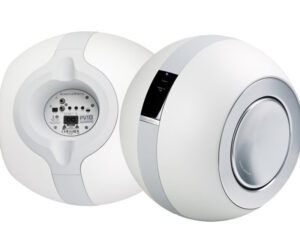
Level stability is limited, but the basses of B&W’s small PV1D speaker is impressive. The spherical subwoofer delivered very clear, detailed and accurate sounds. However, in larger home theatres, it is worth using at least a couple. The bass notes were controlled. Compared to its size, this speaker, with a special design, has shown surprising strength. However, if you want real, deep, wall-shattering bass, choose a subwoofer of a larger size and performance, such as the SVS SB16 Ultra subwoofer.
G.H.
Written by Róbert Polgár

